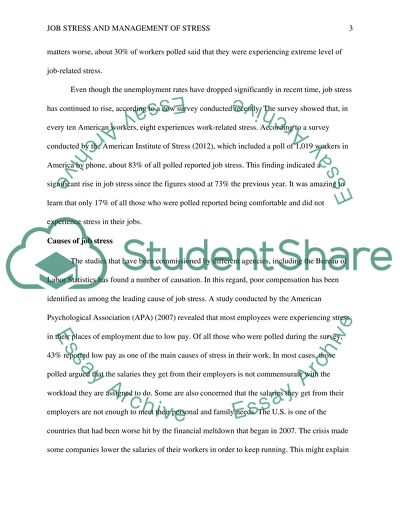Cite this document
(“Job Stress and Management of Stress Research Paper”, n.d.)
Job Stress and Management of Stress Research Paper. Retrieved from https://studentshare.org/psychology/1490571-job-stress-and-management-of-stress
Job Stress and Management of Stress Research Paper. Retrieved from https://studentshare.org/psychology/1490571-job-stress-and-management-of-stress
(Job Stress and Management of Stress Research Paper)
Job Stress and Management of Stress Research Paper. https://studentshare.org/psychology/1490571-job-stress-and-management-of-stress.
Job Stress and Management of Stress Research Paper. https://studentshare.org/psychology/1490571-job-stress-and-management-of-stress.
“Job Stress and Management of Stress Research Paper”, n.d. https://studentshare.org/psychology/1490571-job-stress-and-management-of-stress.


